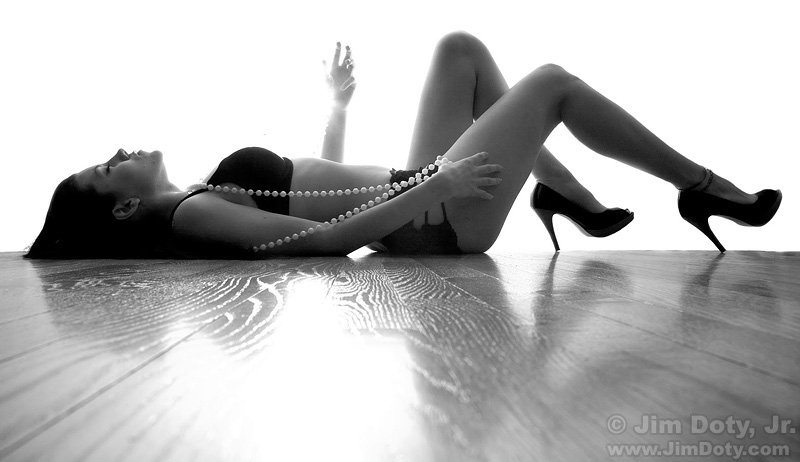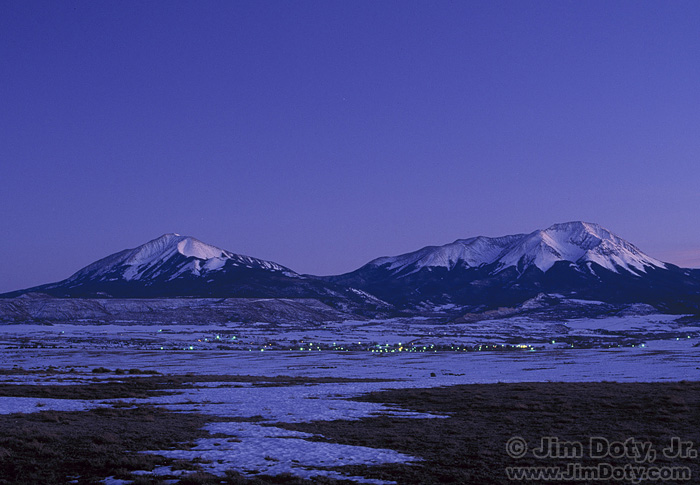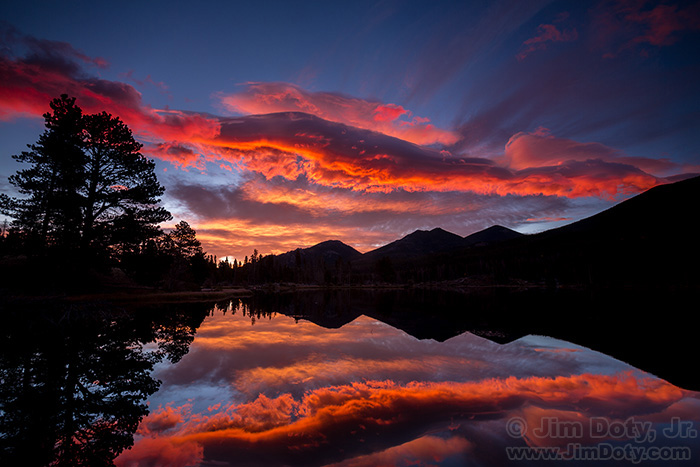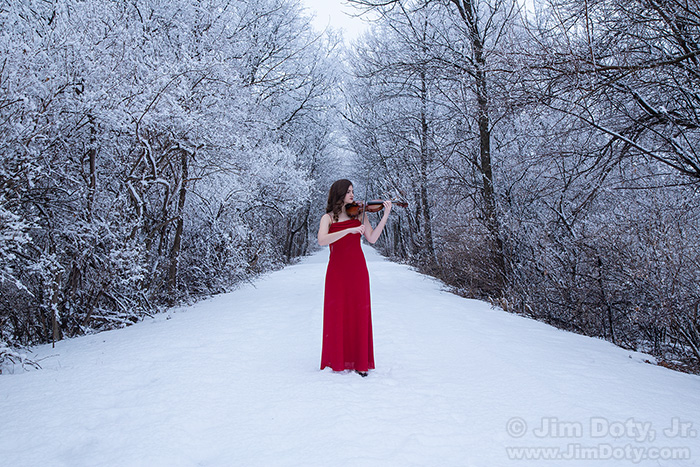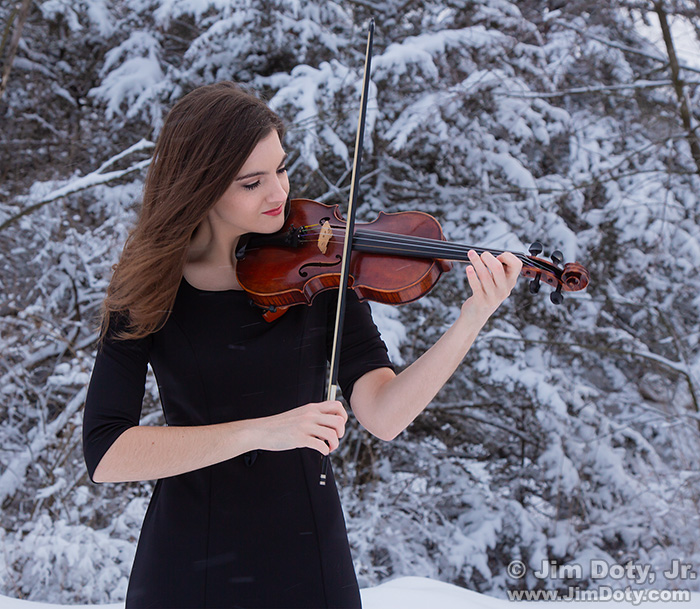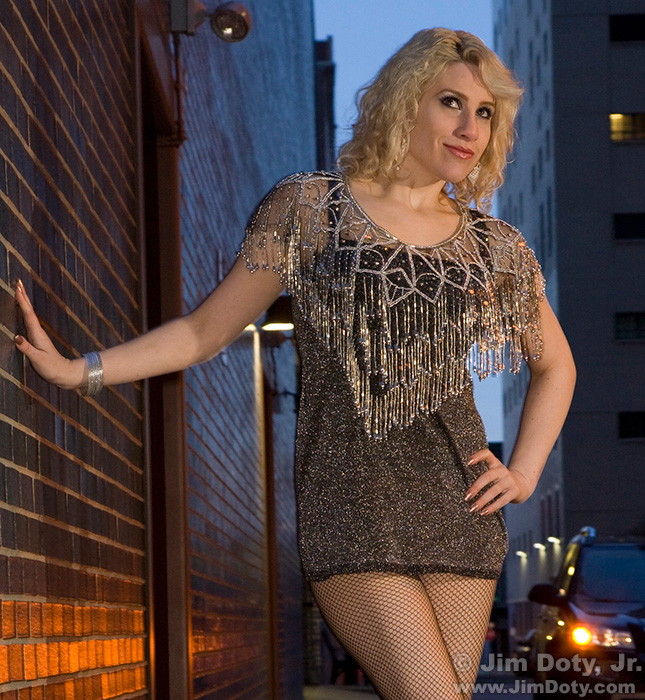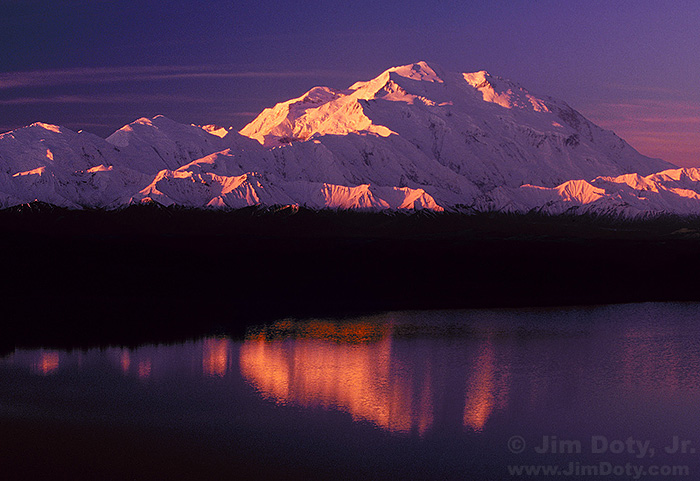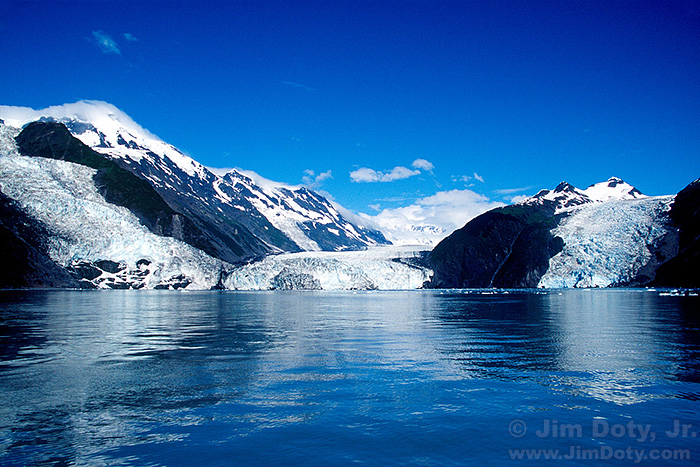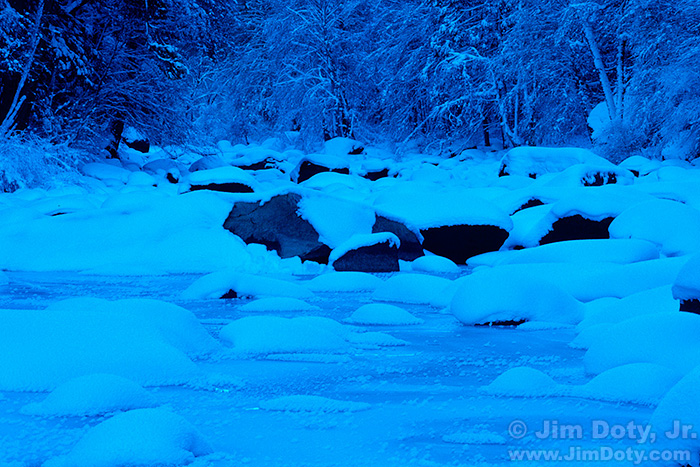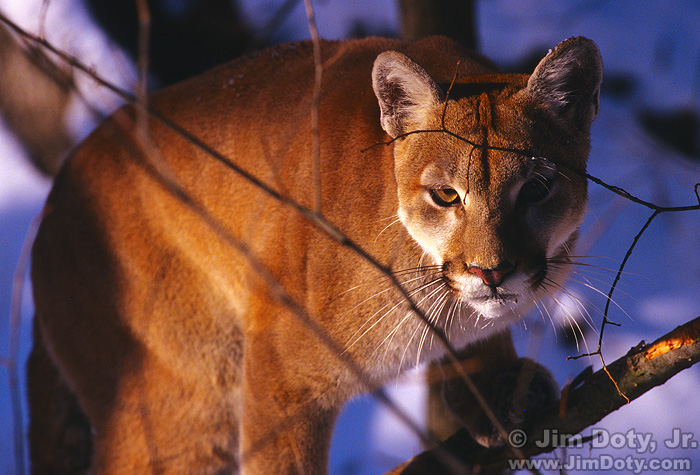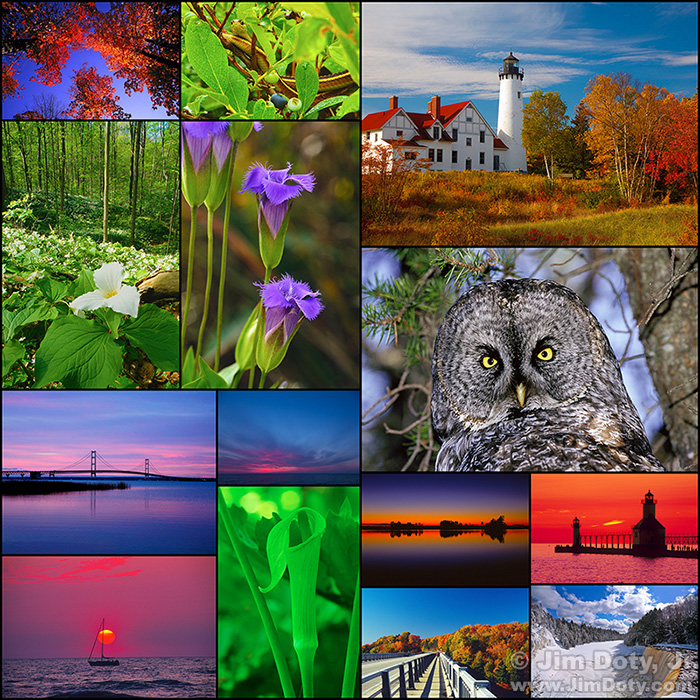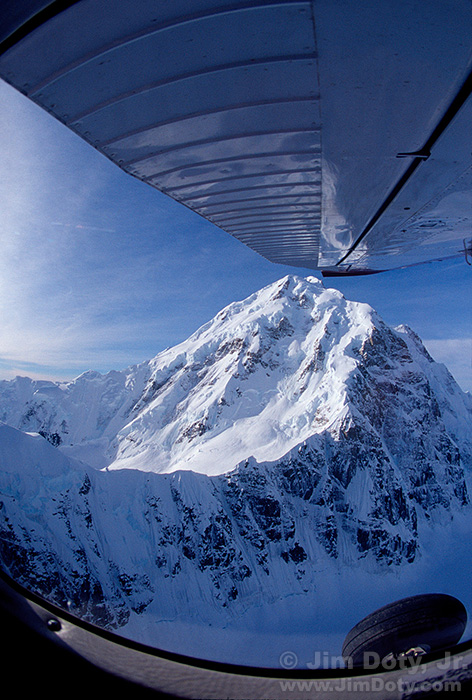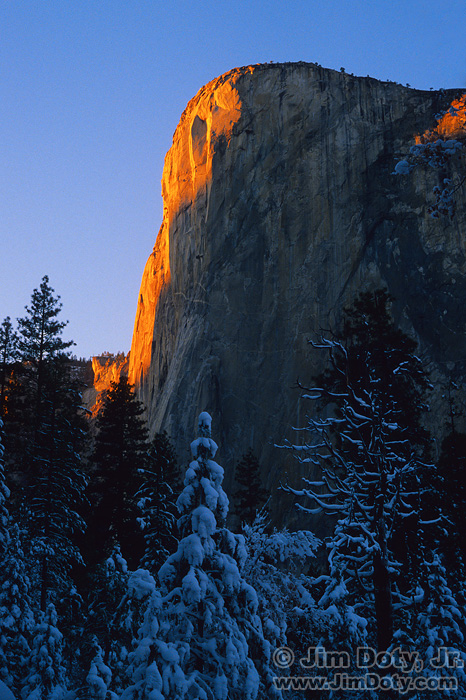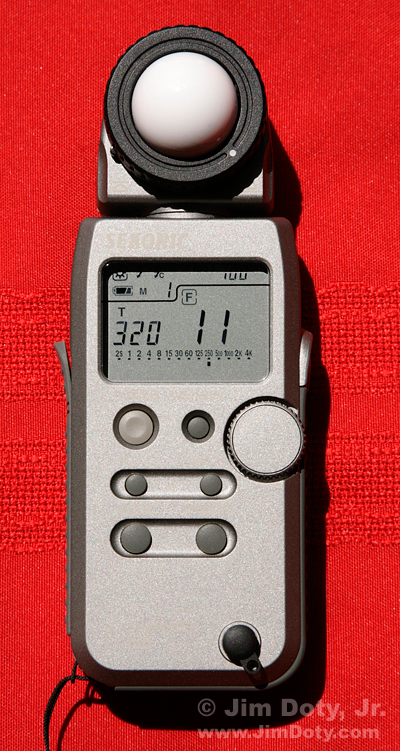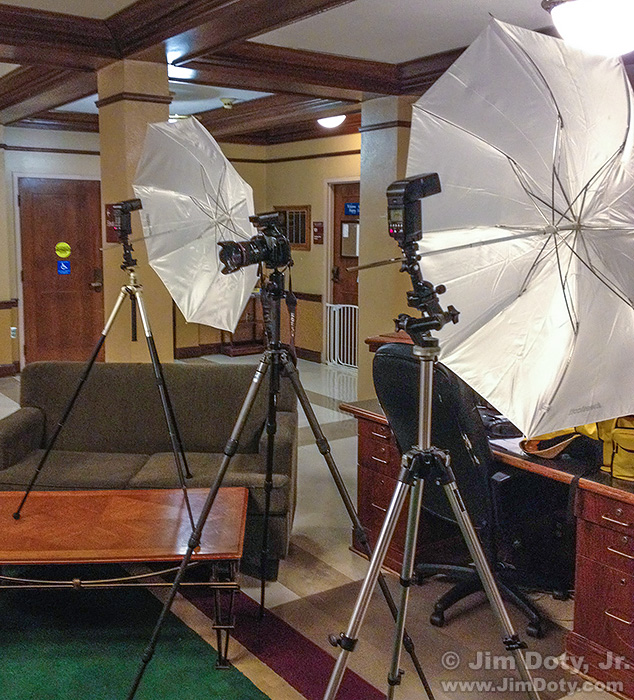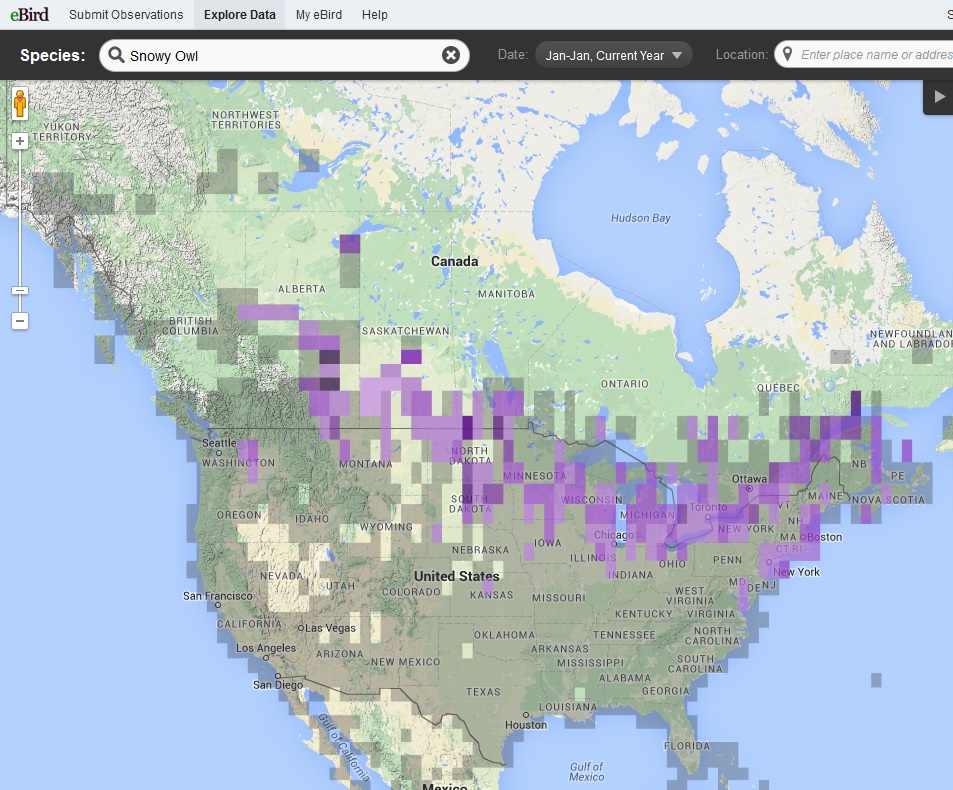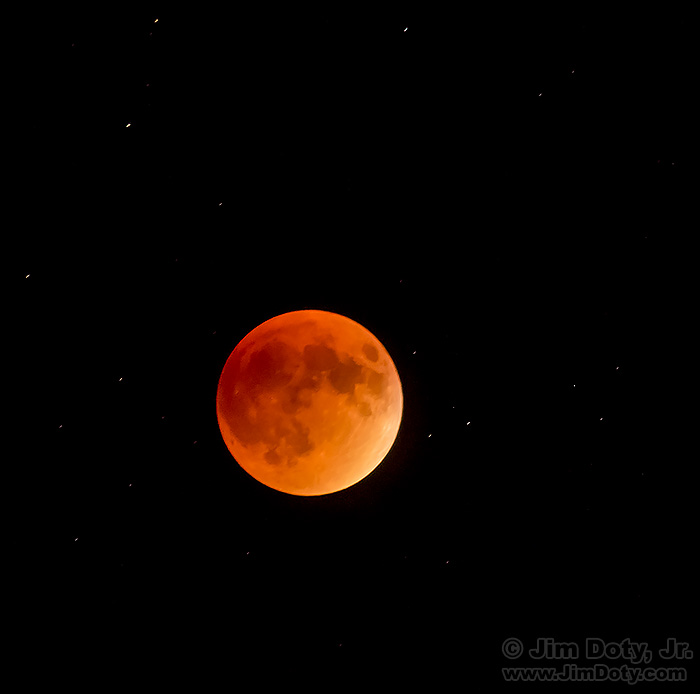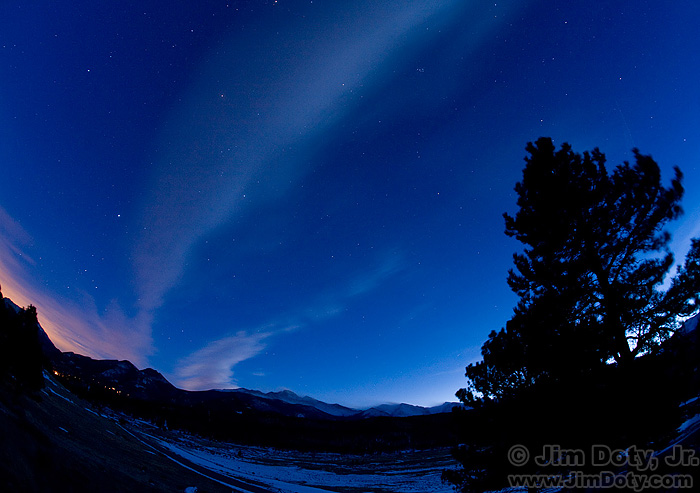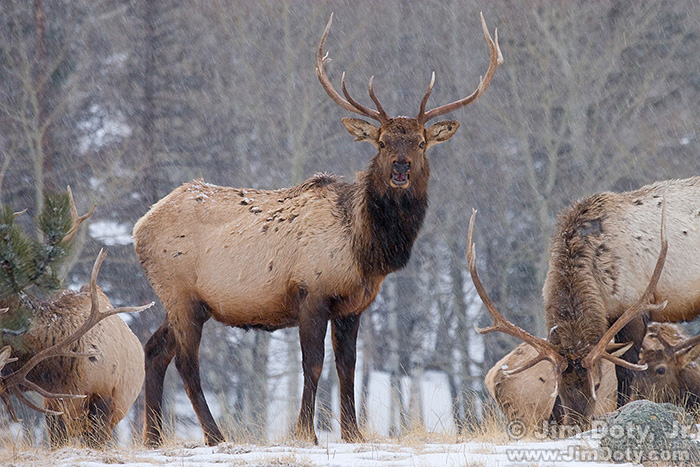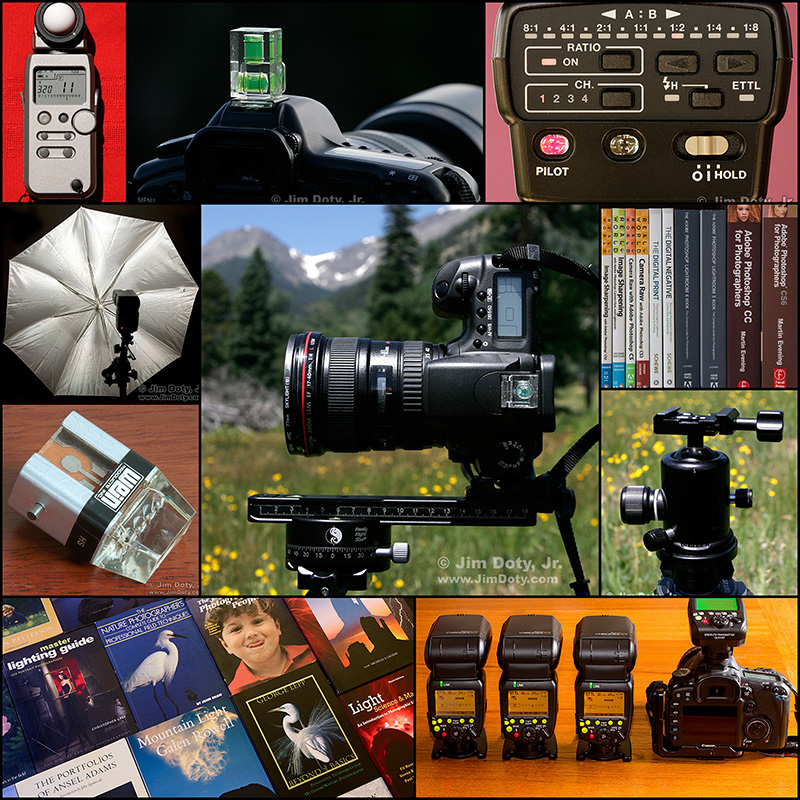 Welcome to my online buying guide for photographers. With over 75 articles it is one of the most comprehensive buyer’s guides on the web.
Welcome to my online buying guide for photographers. With over 75 articles it is one of the most comprehensive buyer’s guides on the web.
I get lots of photo questions, and many of them begin with “What is the best . . . .” They usually come from photographers or someone who is shopping for a photographer.
My “best of the best” series recommends the best photo gear, accessories, software, books, DVDs, online photo labs, and a whole lot more. Thanks to the information in these articles I get emails from photographers thanking me for saving them time, frustration, and a lot of money.
This article is published annually in November with regular updates. Most recent update: February 10, 2021.

